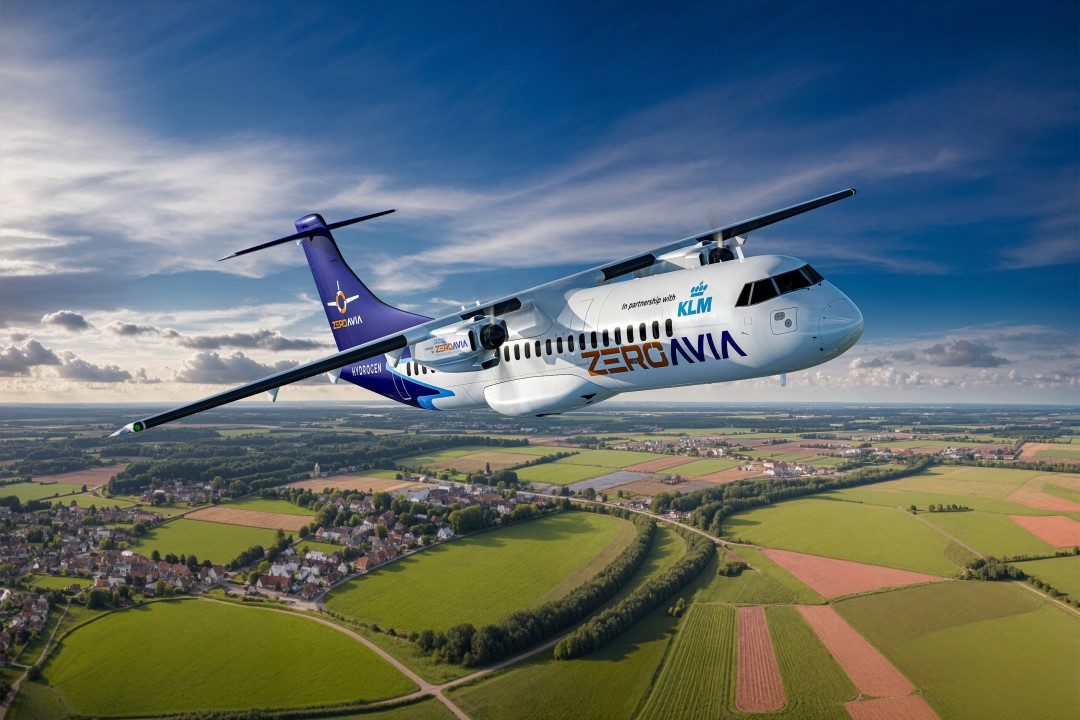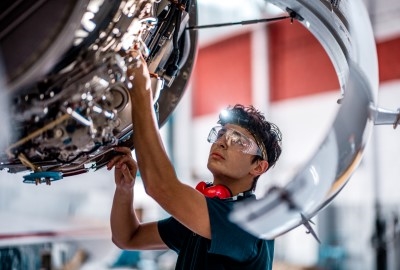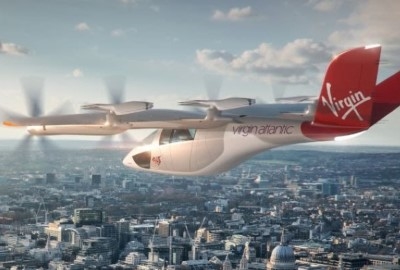KLM & ZeroAvia plan zero-emission hydrogen-electric flight by 2026
KLM Royal Dutch Airlines and ZeroAvia will collaborate on a zero-emission demonstration flight using hydrogen-electric engines by 2026, aiming to reduce the climate impact of regional flights.
 Image by ZeroAvia
Image by ZeroAvia
In a groundbreaking move towards sustainable aviation, KLM Royal Dutch Airlines and ZeroAvia have announced their partnership to conduct a zero-emission demonstration flight. The flight will utilize ZeroAvia’s ZA2000 hydrogen-electric engines, designed for large regional turboprop aircraft. This initiative aims to showcase the potential of hydrogen-electric propulsion in reducing aviation's climate impact.
Hydrogen fuel cells
Hydrogen-electric engines use hydrogen fuel cells to generate electricity, powering electric motors that drive the aircraft's propellers. The only emission is low-temperature water vapor, promising up to a 90% reduction in climate impact compared to conventional kerosene-fueled flights. The first demonstration flight is planned between two airports in 2026, with the immediate focus on securing regulatory permits and establishing the necessary liquid hydrogen fuel infrastructure.
Cleaner aviation technologies
The collaboration between KLM and ZeroAvia is part of a broader effort to promote cleaner aviation technologies. KLM's commitment to sustainability includes supporting various advanced technologies, such as hydrogen and electric aviation. KLM and Air France's maintenance divisions are also working with ZeroAvia to develop maintenance operations for hydrogen fuel cell planes.
Maarten Koopmans, Managing Director of KLM Cityhopper, reiterated KLM’s dedication to innovation and sustainability, highlighting the airline's ongoing research into electric, hydrogen, and hybrid-powered flights.
80-Seat aircraft
ZeroAvia has already tested a prototype of its ZA600 engine aboard a Dornier 228 aircraft and has conducted advanced ground tests in the UK and US. The ZA2000 engine, which will be used in the demonstration flight, is designed to support up to 80-seat regional turboprop aircraft such as the ATR72 or the Dash 8 400.


